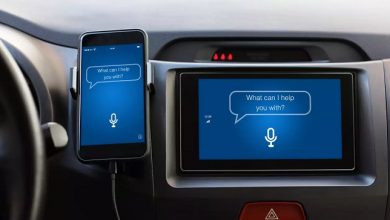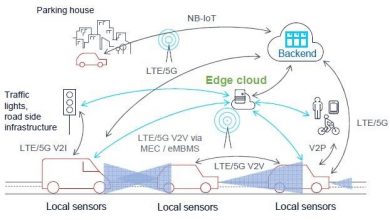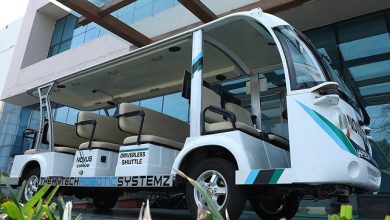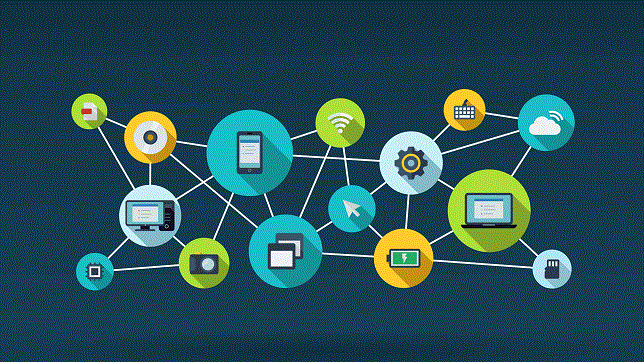Trends in Connected Mobility
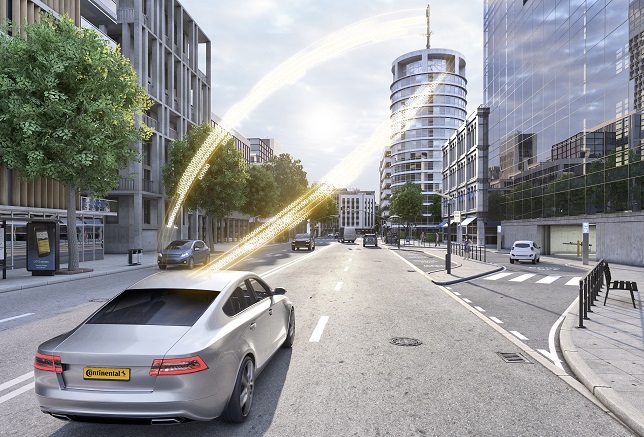
The automotive industry is undergoing significant digital transformation, which will affect both in-vehicle technologies and how the vehicle interacts with passengers, the environment, infrastructure, and other vehicles on the road. Vehicles are now much more than just a way to get from one place to another.
Connectivity and smart mobility are thus critical components of this transformation. Connected and smart mobility technologies such as navigation, GPS, and smart access are already standard features in modern automobiles. However, this is only the beginning of the transformation. Connectivity is important for cars to perform complex tasks and on-demand information that improves the overall experience of drivers. Integration of smartphones has become one of the most demanding features for consumers today. As connected technologies in vehicles become more prevalent, so will software in vehicles.
A connected car has the potential to dramatically transform how we interact with our vehicles and how they communicate with the rest of the world. With the deployment of 5G technologies, according to the Ericsson Mobility Report*, the automobile industry will be among the top four industries for 5G enabled service provider opportunities by 2030.
5G will be a crucial enabler technology for future mobility, providing significant network enhancements and benefits. Real-time communication between vehicles, infrastructure, and an ever-growing number of connected devices will be possible because of increased data speed, improved dependability, and ultra-fast reaction times. As a result, 5G will assist to improve driving safety, comfort, and efficiency even more.
One example of how this will work effectively is CoSmA with Ultra-Wideband technology, which has already proven its success in 5G and Vehicle-to-Everything (V2X).
CoSmA makes the smartphone a digital vehicle key, effectively replacing conventional key fobs. It allows the user to access, unlock and start the car using his or her smartphone. The onboard architecture of the CoSmA solution also features a central electronic computer unit with a state-of-the-art secure element as certified secure storage for any digital vehicle key application. The vehicle owner can generate and manage multiple digital keys, and share them with friends or family.
Transformation of Vehicles as Moving Data Centers
Modern cars resemble a moving data center. Currently, the electrical/electronic (E/E) architecture of vehicles is transforming. Instead of the complex network of a growing number of Electronic Control Units (ECUs) and microcontrollers, a powerful server architecture provides all the electronic vehicle functions. Earlier, almost every single function or functional area was integrated into the network with a dedicated ECU. This has led to a very heterogeneous and complex architecture of embedded systems, which was no longer suitable for further innovations such as the connection of the car to the Internet of Things (IoT).
As long as the vehicle had been an “island network on wheels”, the complex network of individual ECUs was not a problem. But for the car to be able to provide its occupants with digital services, communication tools, and infotainment, it requires a new E/E architecture. With the existing network structures, it is difficult to connect functions across domains and via a wireless interface to the Internet or the Cloud. Updates over-the-air (OTA) are limited to specific functional areas, while a significant increase in the functional scope of the complete vehicle usually comes with a facelift or even a new vehicle generation. Current E/E architectures cannot fulfill the customer’s wish to personalize and adapt the car to their convenience. This illustrates that the “one ECU – one function” approach has probably had its day.
Software plays a crucial role
To enable the foreseeable trends, future E/E architectures must be centered around powerful software architectures to drive a strong function and service-oriented set-up, whereas a limited number of high-performance computers (HPCs) or servers provide the capabilities for the necessary functional centralization. HPCs, supported by zone controllers, further form essential elements in new E/E architectures to handle the input/output (I/O) logic to the sensors and actuators, as well as for time-critical functions. One example of such a server is our Body High-Performance Computer, which combines gateway functionalities with the functional scope of a body controller.
On the hardware side, the HPC includes a microprocessor with external memory and multi-core technology. It provides high-speed data interfaces and uses hypervisor technology to support virtualization. The middleware also supports Gigabit Automotive Ethernet, providing the necessary data throughput for the applications. The high-performance computer fulfills central requirements such as consistent hardware-software separation using the basic software developed by Elektrobit based on AUTOSAR adaptive, virtualization (multiple operating systems on four virtual ECUs), functional safety (ASIL, non-ASIL), the requirement for new business models and the integration of numerous software sources.
Zone Control Units – Essential elements for tomorrow’s vehicle architectures
A central driver of the transformation of the E/E architecture from multiple ECUs to an HPC server infrastructure is the introduction of a new intermediate layer with zone control units (ZCUs). ZCUs can be used to “clean up” existing E/E architectures, to reduce the number of ECUs and the weight of the wiring harness. It must be managed by an HPC. The more the central computing power of the vehicle is being concentrated in a few HPCs, the more important become zone controllers that ensure the reliable execution of the vehicle functions. ZCUs serve as intermediaries between high-performance computers and sensors or actuators. Thereby, each ZCU integrates functions from different domains in a specific zone and serves as a hub for the power distribution and data connection requirements for the connected devices.
Instead of connecting every sensor, peripheral, and actuator directly to a domain controller, they are linked to a local zone controller. The ZCU takes over functions for the respective area of the vehicle for which it is responsible. In this way, the ZCU relieves the HPC of functional surgical effort so that it can concentrate on its actual task, acting as the “electronic brain” for data and functions management in the vehicle and beyond. In addition, the ZCU performs local data transformation, aggregates the data, and forwards it to the HPC via Ethernet network. This setup allows the ZCU to take over the control of the connected devices cross-domain, whereas the HPC can concentrate on the processing of the information. The introduction of ZCUs “frees” the software from the hardware and creates the prerequisite for continuous updates and improvements to the “lifelong learning” vehicle. Continental offers a scalable platform to meet all market requirements.
Automotive Cybersecurity: Beyond Mobility
As we move towards connected plants and advanced technologies, it opens us to new threats and vulnerabilities. Any information that travels through the internet is susceptible to a cyber-attack. For example, when manufacturing data migrates from Operational Technology (OT) systems on the factory floor to interconnected Information Technology (IT) systems in the corporate network, new risks evolve. This data is now more vulnerable at this stage. Cybercriminals could potentially gain access to intellectual property, shut down systems, disrupt production timetables, and affect product quality.
The manufacturing setting needs to be considered a fully integrated setting, even if some processes are not integrated into the Internet. Although many breaches start in IT networks, the hackers or attackers may jump into other parts of the setting through connected devices. Furthermore, some connected devices may include information about the non-connected process.
A secure supply chain ecosystem also requires diligence toward proper vendor management. Any third parties that have authorized access to the company’s network can become unwitting avenues of attack. A bad actor who steals any login credentials of a third party could potentially gain access to the company’s network by pretending to be an authorized user.
The rise of EV
The pollution levels in the country are rising at an alarming rate, especially in developing countries. Switching from traditional fuels has become an important step and this transition is gradually taking place. Electric vehicles (EVs) are the way forward. While it may take some time to transition to a zero-emission vehicle, EVs are unquestionably the more sustainable option with lower lifecycle emissions. Furthermore, the operating costs of EVs are significantly lower than those of ICE engines. To accelerate the transition to EVs, India has launched programs such as FAME I, FAME II, and various tax breaks to encourage the use of electric vehicles. The benefits and government push have sparked some interest among consumers in adopting electric mobility.
Author:

Vinayaka Nagaraja
Head, Central Engineering – Systems Domain & Body Network Control, Holistic Engineering and Technologies (he[a]t)
Continental Automotive India
Vinayaka is the Head of the Central Engineering (CE) Systems domain, at Continental Automotive India. With over 18 years of experience in the automotive and aerospace domains, he has previously worked with organizations like Goodrich Aerospace, HCL Technologies, Bosch. He joined Continental in 2011 and is responsible for project acquisition and execution of products such as high-performance computing, BCM, Gateway, Telematics Control Unit, V2X, Vehicle Access Solutions, etc.
Published in Telematics Wire

